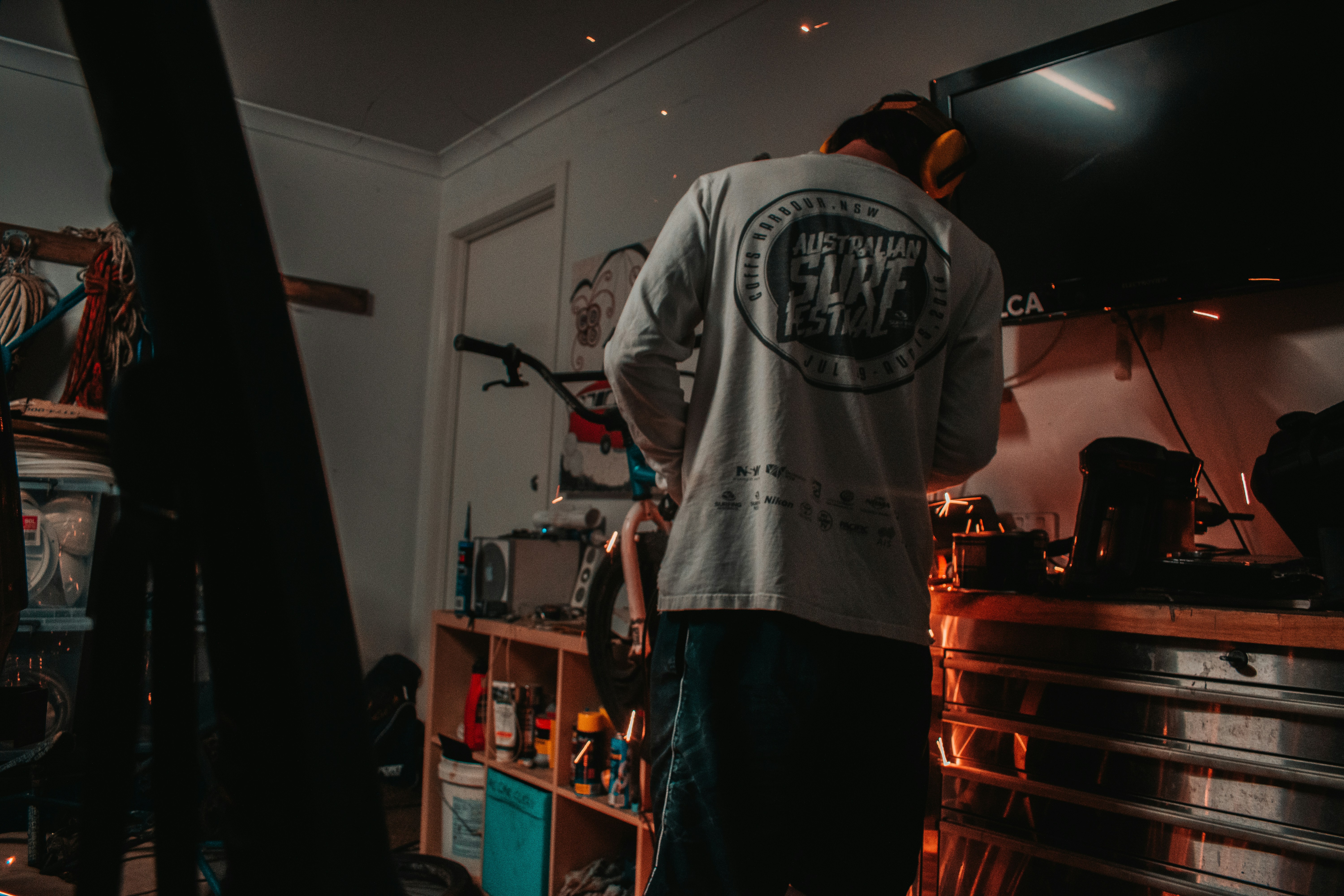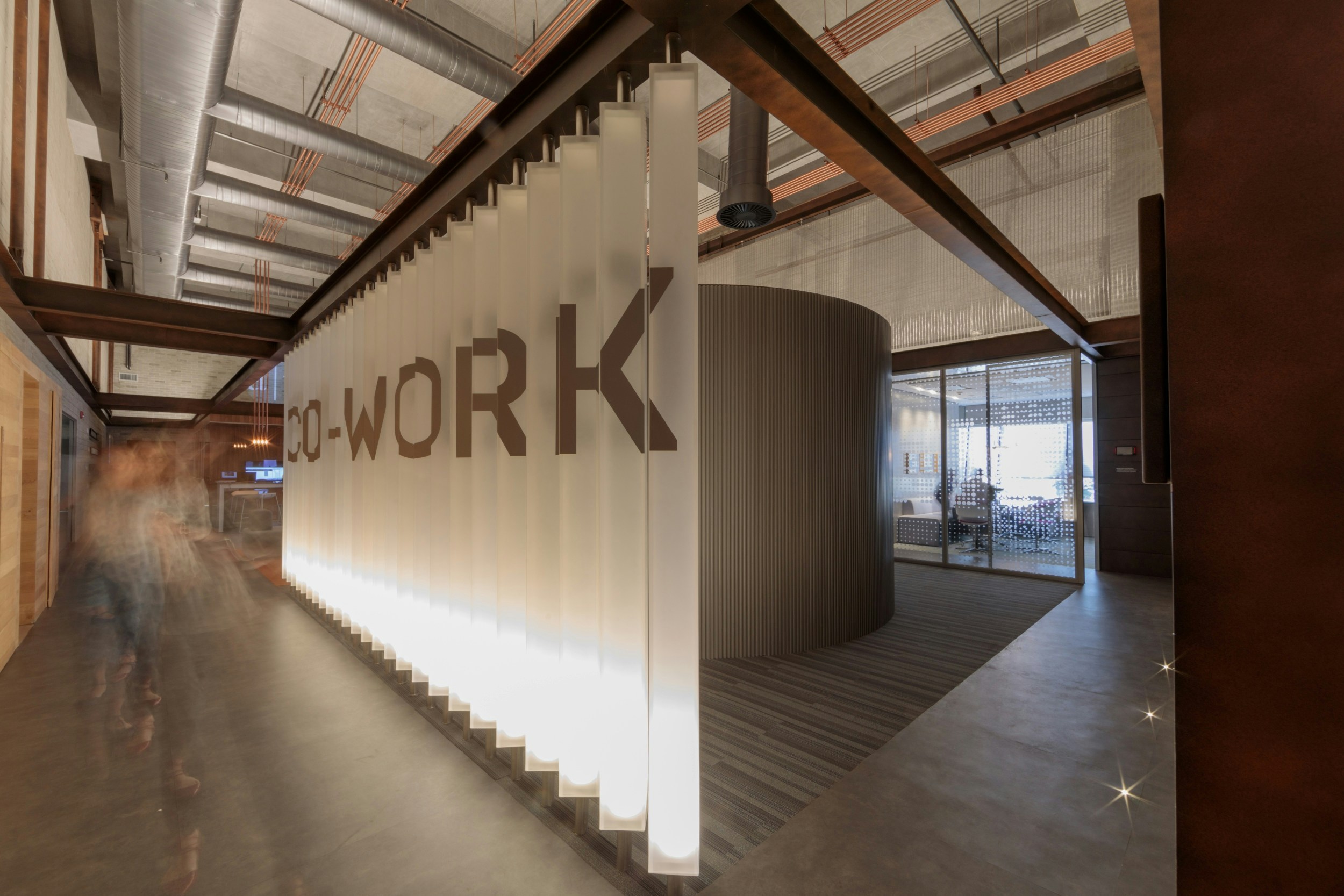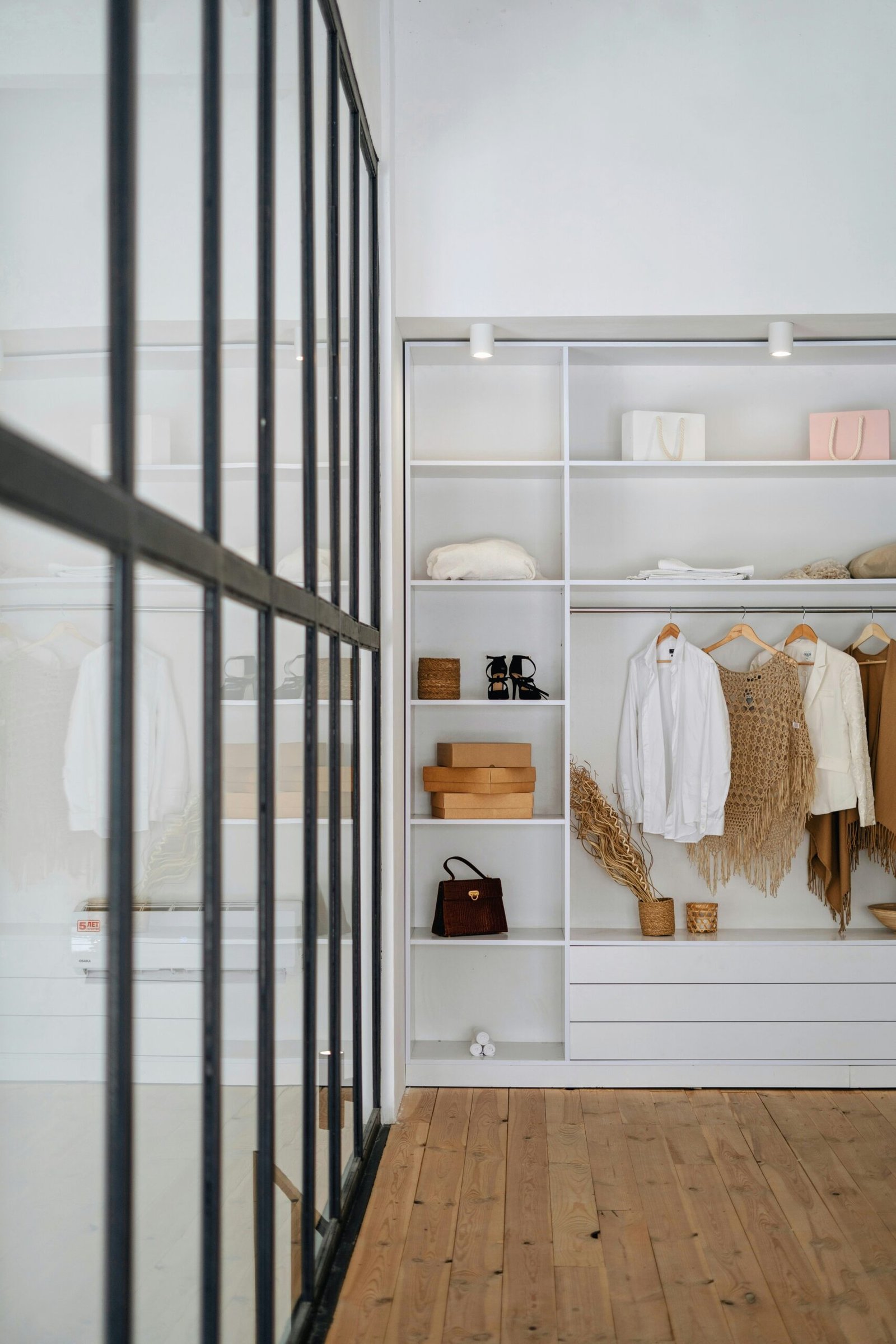Introduction to Home Workshop Safety
In recent years, the trend of Do-It-Yourself (DIY) projects has gained significant momentum among both hobbyists and professionals, leading to an increase in the number of home workshops. While these environments provide opportunities for creativity and skill development, they also present various safety risks that cannot be overlooked. Common injuries in home workshops often arise from the improper use of tools and equipment, resulting in accidents that range from minor cuts to severe injuries.
As more individuals engage in DIY endeavors, it becomes increasingly crucial to prioritize safety within these workshop settings. Indeed, the use of appropriate safety equipment is not just recommended but essential for preventing accidents and ensuring that projects can be completed effectively without interruptions due to injuries. The potential hazards in a home workshop can include flying debris, electrical shocks, burns, and repetitive strain injuries, all of which necessitate careful consideration and risk assessment.
Furthermore, the evolving nature of tools and workshop techniques amplifies the importance of maintaining a safe environment. In 2025, the landscape of home workshops is expected to continue to evolve, with more advanced tools being readily available for personal use. As such, equipping oneself with the right safety gear is paramount not only for minimizing the likelihood of accidents but also for fostering a productive working atmosphere. Without the proper safety measures in place, even the most skilled craftspeople can fall victim to unfortunate mishaps.
As we explore the various types of essential safety equipment for home workshops, it is vital to acknowledge that providing a secure working environment is a shared responsibility among all those who engage in these projects. A commitment to safety ensures that DIY experiences remain enjoyable and rewarding, enabling enthusiasts to pursue their passion without the fear of injury.
Essential Personal Protective Equipment (PPE)
Personal Protective Equipment (PPE) is critical for ensuring safety in home workshops. This gear serves as the first line of defense against various hazards common in such environments. Understanding the types of PPE available and their specific functions can significantly reduce the risk of injuries.
One of the most essential pieces of protective gear is safety glasses. They protect the eyes from flying debris, chemical splashes, and harmful UV rays. In fact, according to the National Institute for Occupational Safety and Health (NIOSH), more than 20,000 eye injuries occur in the workplace each year, many of which can be prevented with proper eye protection. When selecting safety glasses, look for options that fit well, meet ANSI Z87.1 standards, and are suited for the specific tasks at hand.
Ear protection is another vital component of PPE, especially in environments with loud machinery such as saws and drills. Prolonged exposure to noise above 85 decibels can lead to permanent hearing loss. Options range from earplugs to earmuffs, with varying levels of noise reduction. Ensure that the chosen ear protection provides adequate comfort and fits securely while allowing for effective communication during work.
Gloves are important for protecting the hands from cuts, abrasions, and chemical exposure. There are various types of gloves material such as leather, rubber, and vinyl, each designed for specific tasks. For woodworking, durable leather gloves are recommended, while rubber gloves are more suited for tasks involving chemicals. It is essential to select the right glove type based on the hazards present in the workshop.
Dust masks or respirators are also critical in preventing respiratory issues that can arise from inhaling fine particulate matter. Wood dust, metal shavings, and fumes from chemical adhesives can contribute to long-term health problems. A mask rated N95 or higher is advisable for situations where dust and particles are prevalent.
Statistics show a significant correlation between the use of PPE and reduced injury rates in workshops. Comprehensive protective measures can avert numerous trips to emergency rooms, emphasizing the necessity of equipping oneself with the right personal protective equipment. By investing in quality PPE, individuals can ensure a safer working environment without compromising performance or comfort.
Safety Gear for Specific Tools and Machinery
When it comes to ensuring a safe work environment in home workshops, utilizing the correct safety equipment tailored to specific tools and machinery is critical. Different tools pose distinct risks; therefore, it is essential to equip oneself appropriately when engaged in various tasks. For instance, when operating saws, especially table saws and miter saws, the incorporation of machine guards is paramount. These guards significantly reduce the likelihood of accidental contact with blades, which is a leading cause of injuries.
In addition to machine guards, push sticks are an indispensable tool when working with table saws. Their design allows users to feed materials into the saw without placing their fingers in the danger zone. Similarly, a kickback bar can serve as a protective addition, preventing the sudden jerking of wood back towards the operator, a common occurrence when working with less experienced hands.
For drills and drill presses, eye protection, such as safety goggles, is essential. Flying debris and dust can cause serious eye injuries, making this an important piece of gear. Furthermore, wearing respiratory protection can help mitigate issues arising from inhaling fine particles, especially when drilling into materials like wood and plastic, which create considerable dust.
When utilizing jointers and planers, using adequate ear protection cannot be overstated. These machines emit high decibel levels that can lead to hearing loss over time. Noise-canceling headphones or earplugs can effectively shield against long-term auditory damage. To enhance safety further, utilizing hold-down clamps or other forms of workpiece stabilization will help prevent materials from shifting unexpectedly during these operations.
By incorporating specialized safety gear for each tool, users can significantly reduce the risk of accidents and enhance their overall working experience. Ensuring that each piece of equipment is utilized correctly not only promotes safety in the workshop but also fosters a more efficient workflow when tackling various projects.
Creating a Safety Culture in Your Workshop
Establishing a safety culture within your home workshop is essential for preventing accidents and injuries, ensuring that all individuals involved are equipped with the knowledge and resources needed to operate safely. This proactive approach to workshop safety involves fostering a mindset that prioritizes risk avoidance and promotes the consistent use of personal protective equipment (PPE).
One fundamental aspect of creating a safety culture is to implement regular safety training sessions. These training sessions should cover the proper use of tools and machinery, best practices for ergonomic handling, and the importance of using PPE such as goggles, gloves, and ear protection. By engaging all workshop users in these sessions, you empower them with the skills and awareness to identify potential hazards and respond appropriately. Additionally, hosting refresher courses can ensure that safety knowledge remains current and relevant.
Another critical practice is conducting frequent maintenance checks on all tools and equipment. Regular inspections help identify any wear or malfunction that could pose safety risks. A documented maintenance schedule can ensure that tools are kept in optimal condition and any faulty equipment is promptly repaired or replaced. This level of diligence not only improves safety but can also prolong the lifespan of your equipment.
Encouraging the use of safety gear at all times should be a non-negotiable part of your workshop’s safety culture. This can be further reinforced through the establishment of safety protocols that clearly outline required PPE when engaging in specific tasks. Effective communication of these protocols can involve visual reminders, such as posters around the workshop, and dedicated discussions during team meetings.
Lastly, implementing safety audits can provide invaluable insights into areas requiring improvement. Regularly reviewing safety practices allows for adjustments that can enhance the overall safety culture in your workshop. Empowering users to prioritize safety creates an environment where everyone feels responsible for their own well-being and that of their peers.
If you’re interested in purchasing the item you seek, please click the link for additional details: #americanachoice.
https://amzn.to/3SBN3Oy
AFFILIATE DISCLOSURE: I am an affiliate for this company, I am not a paid employee.
I may receive a commission if you click a link on this page and choose to purchase something.
You can rest assured I will only share things I believe in and will be valuable to you.



